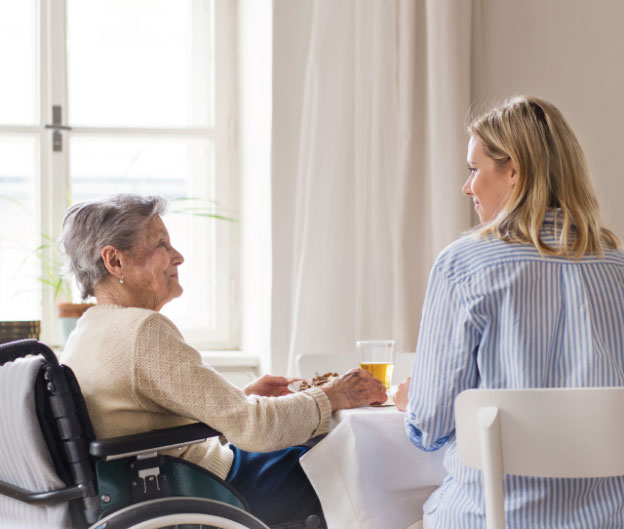Your cart is currently empty!
Equipment in Aged Care
·
·
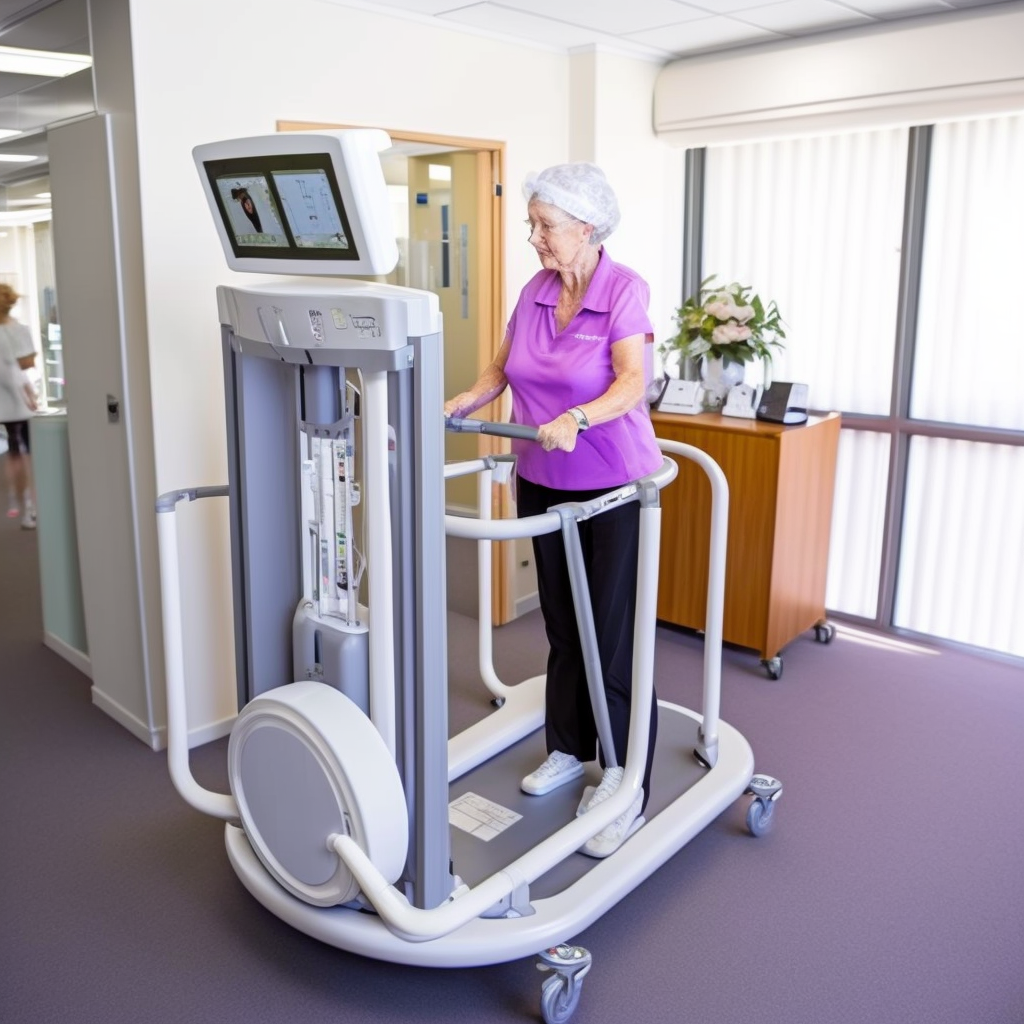
Essential Equipment in Aged Care: How it Enhances Quality of Life
This article will discuss the essential equipment in aged care and how it can enhance the quality of life for seniors. As people age, their mobility, strength, and independence begin to diminish, making it difficult for them to perform daily tasks. For this reason, aged care facilities and the elderly need the right equipment to assist them in their everyday activities.
What is Equipment in Aged Care?
Equipment in aged care refers to the tools and accessories used to help with daily activities. This can range from small items such as walking canes, to larger items such as wheelchairs and shower chairs. Equipment in aged care is designed to help in the elderly’s daily living tasks, such as bathing, dressing, mobility, and even communication.
The right equipment in aged care can make a huge difference in the quality of life of seniors. Apart from providing physical support, it also gives them a sense of independence and empowerment. With the right equipment in place, they can continue to live active and meaningful lives.
Benefits of using Equipment in Aged Care
The right equipment in aged care can make a huge difference to the elderly’s quality of life. It can help them stay independent and active, as well as provide physical and emotional support. Here are some of the benefits of using equipment in aged care:
- Improved mobility and independence: Equipment in aged care can help improve the elderly’s mobility and independence. This can include items such as walkers, wheelchairs, and ramps. This can help the elderly move around more easily and confidently.
- Enhanced safety: Equipment in aged care can help keep the elderly safe and comfortable. This can include items such as fall detectors, alarms, and pressure care equipment. This can help reduce the risk of falls and other accidents.
- Improved communication: Equipment in aged care can help improve communication between the elderly and their carers. This can include items such as hearing aids and communication aids. This can help the elderly stay connected with their loved ones.
- Increased comfort: Equipment in aged care can help make the elderly more comfortable. This can include items such as pressure care mattresses, shower chairs, and adjustable beds. This can help the elderly get the support and comfort they need.
Types of Equipment in Aged Care
There are a variety of different types of equipment in aged care. Here is a look at some of the most common types:
Pressure Care Equipment
Pressure care equipment is designed to help reduce the risk of pressure sores and other skin problems. This can include items such as alternating pressure mattresses, pressure relief cushions, and wheelchair cushions. This can help provide the elderly with the support they need to stay comfortable.
Alternating Pressure Mattresses
Pressure Relief Cushions
Wheelchair Cushions
Alternating Pressure Mattresses
An alternating pressure mattress is designed to help prevent pressure sores and relieve pressure on different parts of the body. It works by alternating the pressure on different areas of the mattress, redistributing the weight of the body and reducing the risk of pressure ulcers. The alternating pressure also helps to improve blood flow, which can be beneficial for those with limited mobility.
Advantages:
- Can help prevent pressure ulcers
- Can improve blood flow
- Can help relieve pressure on different parts of the body
Pressure Relief Cushions
A pressure relief cushion is designed to provide additional support and comfort for individuals who are sitting for extended periods of time. These cushions are typically made of foam or gel materials and are designed to distribute the weight of the body evenly, reducing pressure on certain areas.
Advantages:
- Can help prevent pressure ulcers
- Can provide additional support and comfort for individuals who are sitting for extended periods
- Can distribute weight evenly, reducing pressure on certain areas
Wheelchair Cushions
A wheelchair cushion is similar to a pressure relief cushion but is specifically designed for use in a wheelchair. These cushions are typically made of foam or gel materials and are designed to reduce pressure on the buttocks and legs.
Advantages:
- Can help prevent pressure ulcers
- Can provide additional support and comfort for individuals who use a wheelchair
- Can distribute weight evenly, reducing pressure on certain areas
Overall, pressure care equipment is essential for individuals who are at risk of developing pressure sores or who have limited mobility. By using this equipment, individuals can reduce their risk of developing skin problems and maintain their comfort and well-being.
Manual Handling Equipment in Aged Care
Manual handling equipment is designed to help with the safe and efficient transfer of the elderly. This can include items such as hoists, slings, and patient lifts. This can help reduce the risk of injury and make the transfer process easier.
Hoists
Slings
Patient Lifts
Hoists
A hoist is a mechanical device that is designed to lift and move individuals who have limited mobility. Hoists can be either ceiling mounted or mobile, and they typically consist of a sling that is attached to a lifting mechanism. Hoists can be used for a variety of tasks, such as moving individuals from a bed to a chair or from a wheelchair to a vehicle.
Advantages:
- Can reduce the risk of injury for both the individual and the caregiver
- Can make the transfer process easier and more efficient
- Can be used for a variety of tasks
Slings
A sling is a fabric device that is used in conjunction with a hoist or patient lift. Slings come in a variety of shapes and sizes, and they are designed to provide support and stability during transfers. Slings can be used for tasks such as lifting an individual out of bed or transferring them from a wheelchair to a bath or shower.
Advantages:
- Can provide additional support and stability during transfers
- Can be customized to fit the individual’s specific needs
- Can be used in conjunction with other lifting equipment
Patient Lifts
A patient lift is a device that is used to lift and move individuals who have limited mobility. Patient lifts typically consist of a sling that is attached to a lifting mechanism, and they can be either manual or electric. Patient lifts are often used in situations where a hoist is not practical, such as in a home setting.
Advantages:
- Can reduce the risk of injury for both the individual and the caregiver
- Can make the transfer process easier and more efficient
- Can be used in a variety of settings, including the home
For the most part, lifting equipment is essential for individuals who have limited mobility and require assistance with transfers. By using this equipment, individuals can reduce their risk of injury and maintain their comfort and well-being.
Prosthetic and Sensory Aids
Prosthetic and sensory aids are designed to help the elderly with their daily activities. This can include items such as hearing aids, prosthetic limbs, and vision aids. This can help the elderly stay independent and active
Hearing Aids
Prosthetic Limbs
Vision Aids
Hearing Aids
Hearing aids are electronic devices that are designed to improve hearing for individuals with hearing loss. They work by amplifying sound and making it easier to hear speech and other sounds. There are different types of hearing aids, including behind-the-ear, in-the-ear, and completely-in-canal.
Advantages:
- Can improve hearing and communication
- Can help individuals stay connected with their loved ones and the world around them
- Can be customized to fit the individual’s specific needs
Prosthetic Limbs
Prosthetic limbs are artificial devices that are designed to replace a missing limb. They can be customized to fit the individual’s specific needs and can be either functional or cosmetic. Prosthetic limbs can improve mobility and allow individuals to perform daily activities.
Advantages:
- Can improve mobility and independence
- Can allow individuals to perform daily activities
- Can be customized to fit the individual’s specific needs
Vision Aids
Vision aids are devices that are designed to improve vision for individuals with visual impairments. They can include items such as magnifiers, telescopes, and electronic devices. Vision aids can improve reading ability, allow individuals to see distant objects, and help with daily activities.
Advantages:
- Can improve vision and daily function
- Can help individuals stay connected with their loved ones and the world around them
- Can be customized to fit the individual’s specific needs
In general, prosthetic and sensory aids are essential for individuals who require assistance with daily activities. By using this equipment, individuals can maintain their independence and stay active.
Respiratory Equipment
Respiratory equipment is designed to help support the elderly with their daily activities. This can include items such as oxygen concentrators, nebulizers, and CPAP machines. This can help the elderly stay healthy and comfortable.
Oxygen Concentrators
Nebulisers
CPAP Machines
Oxygen Concentrators
Oxygen concentrators are devices that extract oxygen from the air and deliver it to the user through a nasal cannula or face mask. They are commonly used to treat respiratory conditions such as chronic obstructive pulmonary disease (COPD), emphysema, and asthma.
Advantages:
- Can improve oxygen levels in the blood and reduce shortness of breath
- Can help individuals with respiratory conditions lead more active and independent lives
- Can be used in the home setting with proper instruction and monitoring
Nebulisers
Nebulisers are devices that convert liquid medication into a fine mist that can be inhaled through a mouthpiece or mask. They are commonly used to treat respiratory conditions such as asthma, chronic bronchitis, and cystic fibrosis.
Advantages:
- Can deliver medication directly to the lungs for more effective treatment
- Can help reduce the risk of side effects from oral medications
Can be used in the home setting with proper instruction and monitoring
CPAP Machines
Continuous positive airway pressure (CPAP) machines are devices that deliver a constant stream of air pressure through a mask to help keep the airway open during sleep. They are commonly used to treat sleep apnea, a condition in which breathing stops and starts during sleep.
Advantages:
- Can improve quality of sleep and reduce daytime sleepiness
- Can reduce the risk of complications from sleep apnea, such as high blood pressure and heart disease
- Can be used in the home setting with proper instruction and monitoring
Largely, respiratory equipment such as oxygen concentrators, nebulizers, and CPAP machines are essential for individuals with respiratory conditions or sleep apnoea. By using this equipment, individuals can maintain their respiratory health and lead more active and independent lives.
Communication Aids
Communication aids are designed to help the elderly communicate with their carers. This can include items such as Augmentative and Alternative Communication (AAC) Devices, Smartphones and Tablets, Writing Tools and Picture Boards. This can help the elderly stay connected with their loved ones.
AAC Devices
Smartphones and Tablets
Writing Tools
Picture Boards
AAC Devices
Augmentative and Alternative Communication (AAC) devices are electronic devices that can help individuals with speech and language difficulties communicate with others. They can range from simple picture communication boards to high-tech speech generating devices that use computerized voices.
Smartphones and Tablets
Smartphones and tablets can be used to access a variety of communication apps that can help individuals with communication difficulties to express themselves more effectively. These apps can include text-to-speech programs, speech-to-text programs, and symbol-based communication systems.
Writing Tools
Writing tools such as pens, paper, and electronic note-taking devices can be helpful for individuals with communication difficulties who can still read and write. They can be used to take notes, write down important information, or communicate more effectively in written form.
Picture Boards
Picture boards are visual communication aids that use pictures or symbols to represent words or concepts. They can be used to help individuals with communication difficulties express their needs and desires more effectively.
Fall Detection and Falls Prevention
Fall detection and falls prevention equipment are designed to help reduce the risk of falls. This can include items such as fall detector pendants and watches, bed alarms, chair sensors, and PIR sensors. This can help the elderly stay safe and secure.
Fall Detector Pendants and Watches
Bed Alarms
Chair Sensors
PIR Sensors
Fall Detector Pendants and Watches
Fall detector pendants and watches are wearable devices that are equipped with sensors that can detect when the wearer falls. When a fall is detected, the device can automatically alert a caregiver or emergency response service.
Advantages:
- Can provide immediate assistance in the event of a fall
- Can help reduce the risk of serious injury or complications from a fall
- Can provide peace of mind to both the wearer and their caregivers
Bed Alarms
Bed alarms are devices that can be placed on a bed and are designed to alert a caregiver when the patient attempts to get out of bed. They typically consist of a sensor pad that is placed under the mattress and a wireless alarm that can be placed in a nearby room.
Advantages:
- Can alert caregivers to potential falls and prevent patients from wandering
- Can help reduce the risk of injury from falls and other accidents
- Can be used in a variety of settings, including hospitals, nursing homes, and private residences
Chair Sensors
Chair sensors are similar to bed alarms but are designed for use in chairs or wheelchairs. They can detect when the patient attempts to stand up and can alert caregivers to potential falls.
Advantages:
- Can help prevent falls and other accidents in patients who are prone to wandering or have difficulty standing up from a seated position
- Can be used in a variety of settings, including hospitals, nursing homes, and private residences
PIR Sensors
PIR (passive infrared) sensors are motion sensors that can detect when someone tries to exit a bed or chair. They can be used to alert caregivers to potential falls or other accidents, as well as to monitor the patient’s activity level.
Advantages:
- Can provide continuous monitoring of the patient’s activity level and alert caregivers to potential falls or other accidents
- Can be used in a variety of settings, including hospitals, nursing homes, and private residences
- Can be integrated with other fall prevention equipment for a comprehensive fall prevention strategy
All in all, fall detection and falls prevention equipment can help reduce the risk of falls and other accidents in the elderly, improving their safety and quality of life. By using these devices, caregivers and loved ones can have peace of mind knowing that the elderly are being monitored and kept safe.
Home Automation Software
Home automation software is designed to help with the management of elderly persons’ homes. This can include items such as voice control systems, lighting systems, and security systems. This can help the elderly stay safe and secure in their home.
Voice control systems
Lighting systems
Security systems
Voice control systems
These systems allow the elderly to control various devices and appliances in their home using voice commands. This can be especially helpful for those with mobility or dexterity issues, allowing them to easily control their home environment without having to physically interact with each device or appliance.
Advantages:
- Easy to use for those with mobility or dexterity issues
- Can be integrated with other home automation systems for a fully automated experience
Lighting systems
Home automation software can include lighting systems that can be programmed to turn on and off automatically or be controlled remotely. This can be helpful for those with mobility or vision issues, allowing them to easily control their lighting without having to physically interact with light switches.
Advantages:
- Can be programmed to turn on and off automatically
- Can be controlled remotely, allowing for easy access from anywhere in the home
Security systems
Home automation software can also include security systems that can be monitored and controlled remotely. This can include cameras, alarms, and sensors that can detect and alert the user to potential security threats.
Advantages:
- Provides increased security and peace of mind for the elderly and their caregivers
- Can be monitored and controlled remotely, allowing for easy access from anywhere in the world
Bathroom aids
Bathroom aids are a range of equipment designed to help people with mobility or balance issues safely and independently use the bathroom. These aids can include shower chairs and stools, bath boards, commodes, and over toilet aids.
They are especially helpful for the elderly or people with disabilities who may have difficulty getting in and out of the bath or shower, using the toilet, or standing for long periods of time. With the right bathroom aids, individuals can maintain their independence, dignity, and privacy while performing essential daily tasks.
Shower chairs and stools
Bath boards
Commodes
Over toilet aids
Grab bars
Shower chairs and stools
These are chairs or stools that can be used in the shower, allowing the elderly to sit while bathing. This can be especially helpful for those who have difficulty standing for long periods of time or are at risk of falling.
Bath boards
Bath boards are used to help people with limited mobility get in and out of the bathtub safely. They sit across the rim of the tub and provide a stable surface to sit on while entering or exiting the bath.
Commodes
Commodes are portable toilets that can be used beside a bed or chair. They are designed for people who are unable to get to the bathroom or have difficulty using a regular toilet. Commodes come in various styles and can be adjusted for different levels of mobility.
Over toilet aids
Over toilet aids are frames or seats that fit over a regular toilet to provide extra support and stability. They can be especially helpful for those who have difficulty sitting down or standing up from a low toilet.
Grab bars
These are bars that are mounted on the wall in the shower or next to the toilet, providing a secure surface to hold onto for balance and stability.
The advantages of these bathroom aids include:
Increased safety: Bathroom aids can help prevent falls and injuries in the bathroom, which is a common place for accidents to occur.
Increased independence: By providing support and stability, bathroom aids can help the elderly maintain their independence and continue to perform daily activities on their own.
Reduced caregiver burden: Using bathroom aids can help reduce the need for assistance from caregivers, allowing the elderly to maintain their dignity and privacy.
Improved hygiene: By making it easier to bathe and use the toilet, bathroom aids can help improve overall hygiene and prevent infections or other health issues.
Where to Buy Aged Care Equipment
There are a variety of places where you can buy aged care equipment. Here are some of the most common places:
Online retailers
Medical supply stores
Pharmacies
Mobility stores
Online retailers
- There are a variety of online retailers, such as Safe-Life, where you can buy aged care equipment. This can include items such as walkers, fall alerting devices, and shower chairs.
Medical supply stores
You can find a variety of medical supply stores that specialise in aged care equipment. This can include items such as pressure care mattresses, hearing aids, and prosthetic limbs.
Pharmacies
Many pharmacies offer a variety of aged care equipment. This can include items such as incontience alarms, and communication aids.
Mobility stores
Mobility stores specialise in items such as wheelchairs, scooters, and walkers. They can also provide advice on the right equipment for the elderly.
Helpful links
There are several useful services available to assist older Australians and carers in accessing necessary supports and services.
My Aged Care
National Disability Insurance Scheme (NDIS)
Carer Gateway
Assistive Technology Australia
Hearing Australia
National Continence Helpline
My Aged Care
1800 200 422 (Monday to Friday, 8.00am to 8.00pm, Saturdays 10.00am to 2.00pm)
Access to a range of supports and services for older Australians.
National Disability Insurance Scheme (NDIS)
1800 800 110 (Monday to Friday, 8.00am to 8.00pm)
Access to life-long supports and services for eligible people with disability.
Carer Gateway
1800 422 737 (Monday to Friday)
Access to supports and services for carers. Some forms of equipment may be available with a Carer Gateway Tailored Support Package.
Assistive Technology Australia
1300 885 886 (Monday to Friday, 9.00am to 4.00pm)
Information and advice about a wide range of aids or equipment that may be available to support the person that you care for.
.
Hearing Australia
134 432 (Monday to Friday, 8.30am to 5.00pm)
Hearing services for all.
National Continence Helpline
1800 330 066 (Monday to Friday, 8.00am to 8.00pm)
Information about the Continence Aids Payment Scheme (CAPS), which provides payment to assist eligible people who have permanent and severe incontinence to meet some of the costs of their incontinence products.
Conclusion
Equipment in aged care can make a huge difference in the quality of life of seniors. It can help them stay independent and active, as well as provide physical and emotional support. There is a variety of equipment in aged care, from pressure care equipment and lifting equipment to prosthetic and sensory aids, life support equipment, communication aids, fall detection and prevention equipment, and home automation software. It’s important to keep in mind that the needs and preferences of seniors can vary widely, so it’s important to consider individual needs when selecting equipment for aged care.
Moreover, investing in quality aged care equipment and ensuring its proper use is crucial for getting the most benefit from it. For example, by properly installing, maintaining, and using equipment such as pressure care mattresses, hoists, hearing aids, and lighting systems, seniors can enjoy a higher quality of life and continue to engage with the world around them. Additionally, it is essential to ensure that the equipment is safe and appropriate for the individual’s needs. By considering individual needs, investing in quality equipment, and ensuring its proper use, seniors can continue to live active and meaningful lives with the help of aged care equipment.
Please call or email one of our friendly staff to assist you with your enquiry.
Safe Life
Alerting Devices Australia P/L T/A Safe-Life 5/270 Lower Dandenong Rd, Mordialloc, VIC, Australia 3195
NDIS Provider Number
4050109546
ABN
67 637 195 941
Phone
[formidable id="6"]
Share Article
More articles
-
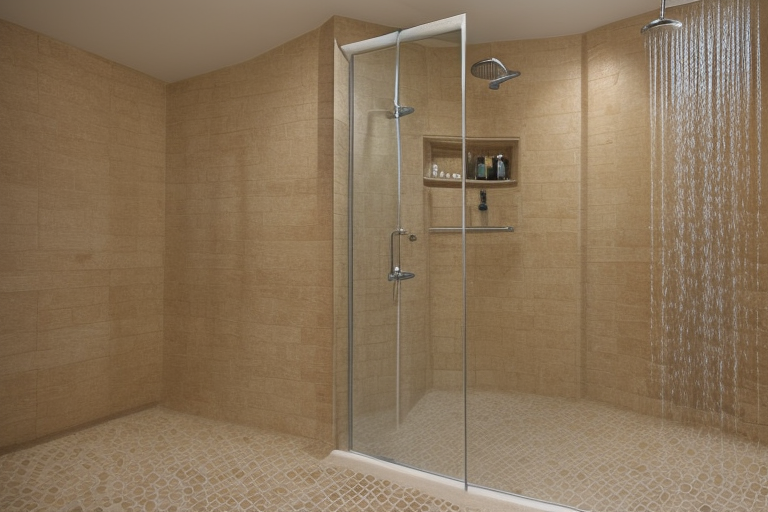
|
4 minutesA Comprehensive Guide to Showering Procedure in Aged Care
Introduction Showering is a basic necessity that plays a vital role in maintaining personal hygiene and overall health. As people age, performing daily tasks such as showering can become increasingly challenging due to limited mobility, cognitive decline, or other health issues. In aged care, it is crucial to have an…
-

|
9 minutesActivities for Dementia Patients: Unlock the Joy of Living
Unlock the Joy of Living: Activities for Dementia Patients It can be difficult to know what to do with a loved one who has dementia. After all, the condition can make it hard to enjoy the hobbies and activities they once did. But it’s important to remember that activities for…
-
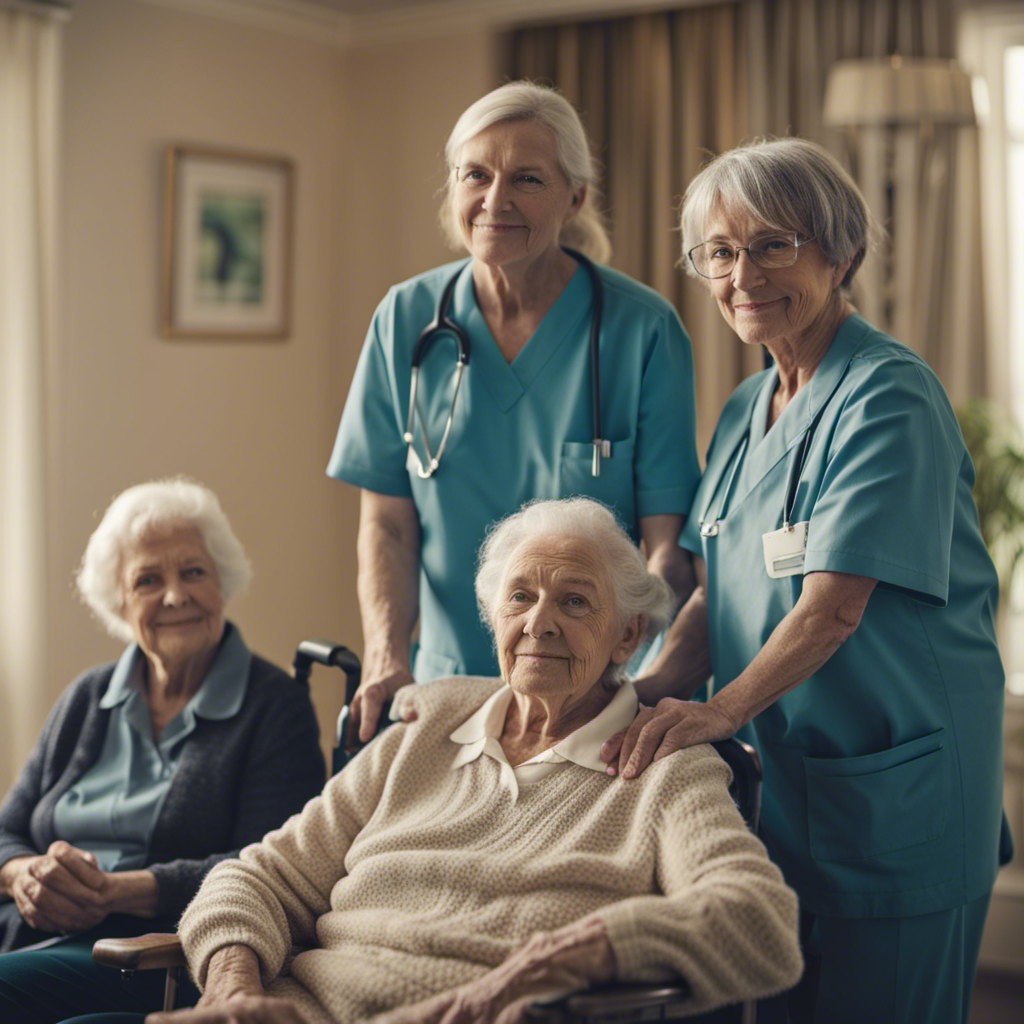
|
10 minutesAged Care Employee Day: An Insight into the Celebration
Introduction to Aged Care Employee Day The concept of Aged Care Employee Day is centred around acknowledging the dedication and compassion demonstrated by the individuals who care for the elderly population. Aged care employees, encompassing everyone from the frontline staff to the behind-the-scenes teams, play a crucial role in enhancing…
-
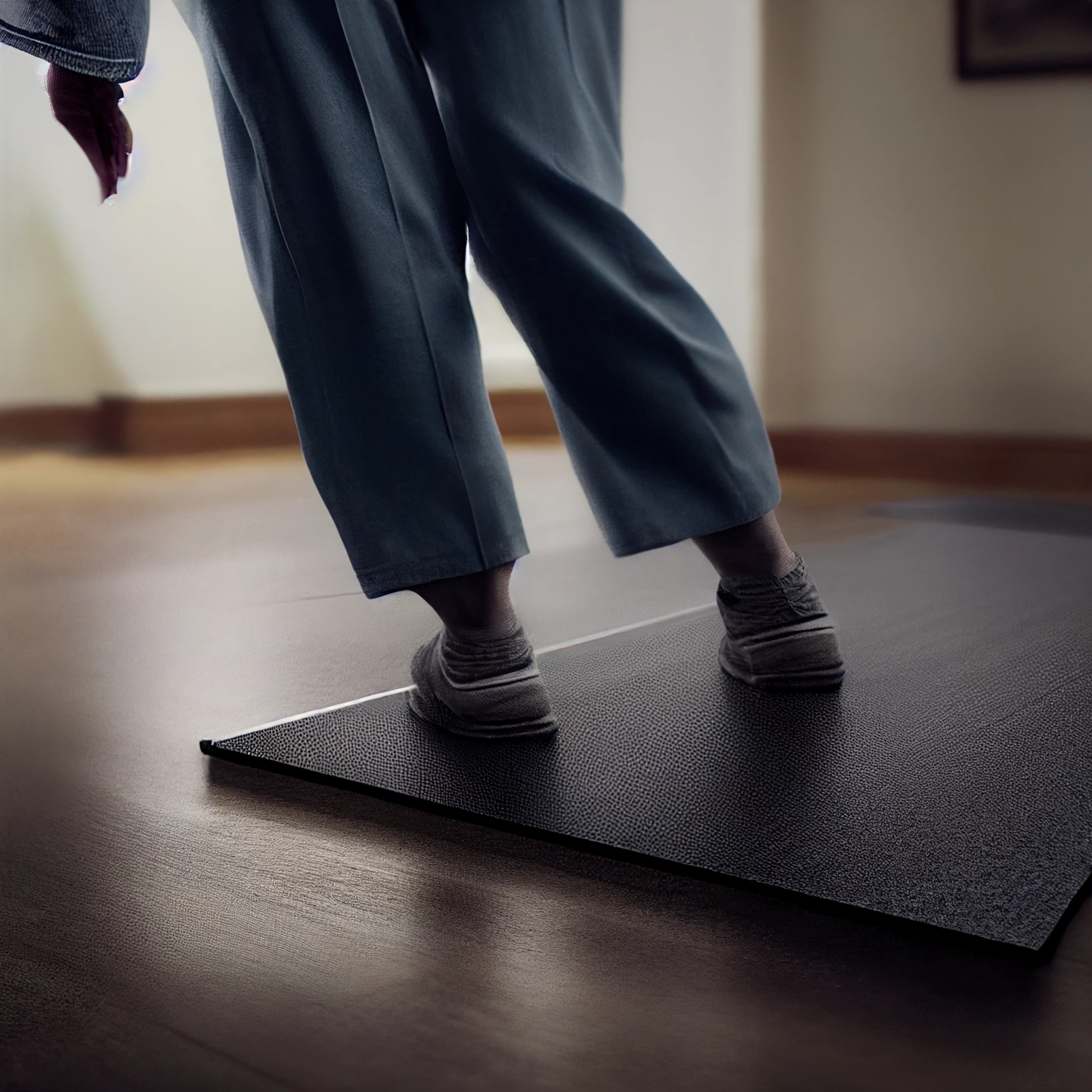
|
7 minutesAlarm Sensor Mats and Bed Sensor Pads: What you need to know about them
Introduction Alarm sensor mats are one of the most effective ways to prevent falls. It works by detecting when someone steps on it and then alerting caregivers or family members. It’s ideal for use on beds, chairs and other areas where seniors may be more likely to fall. They are…





